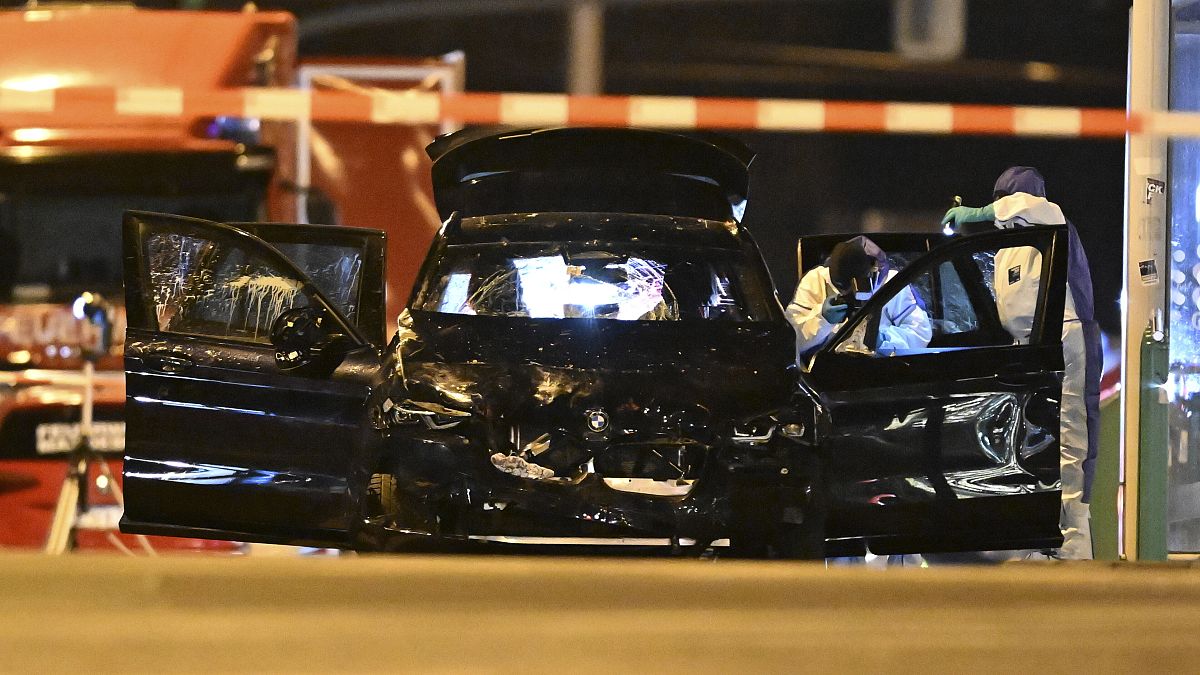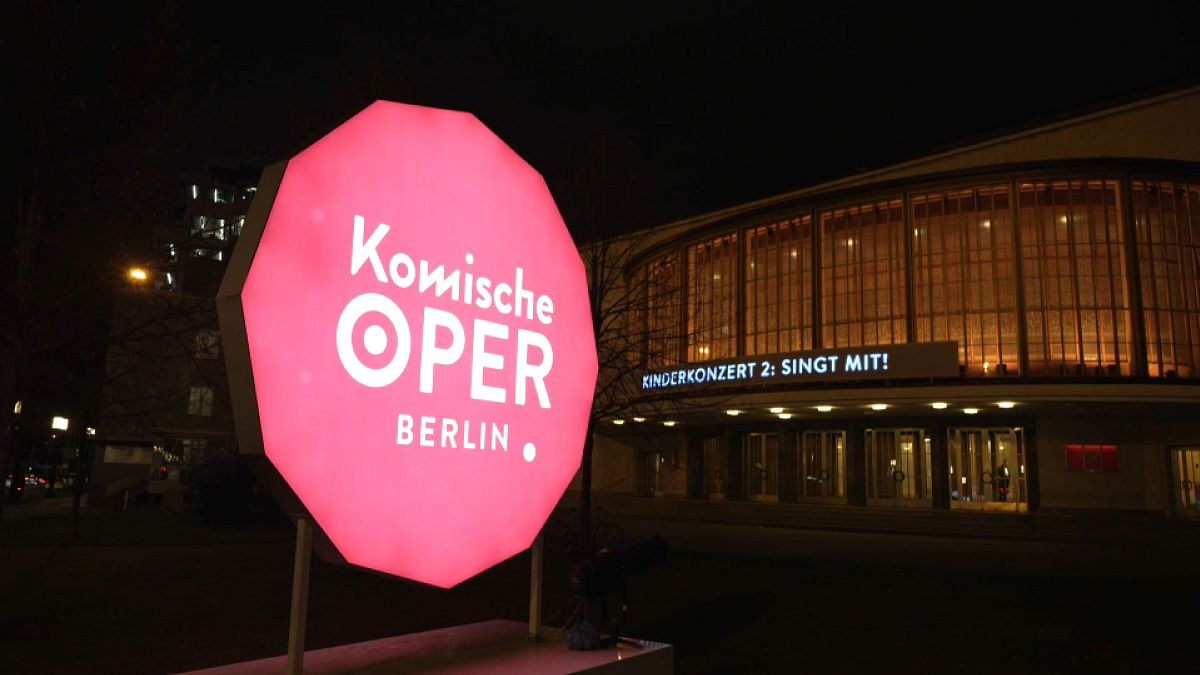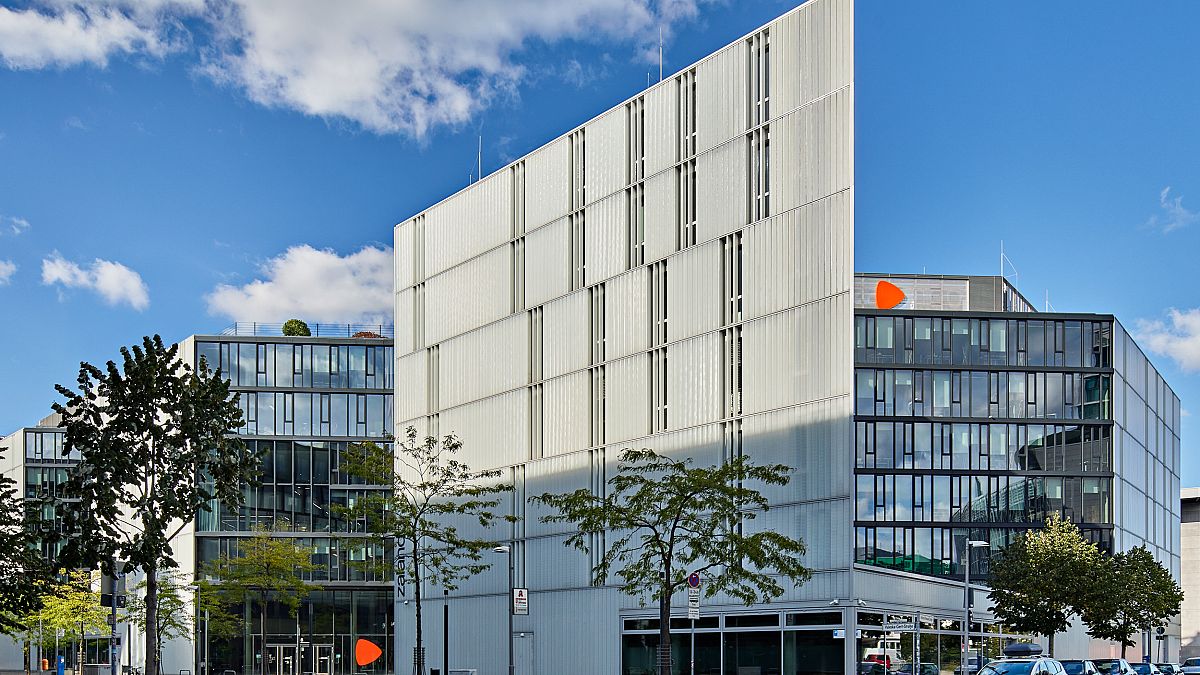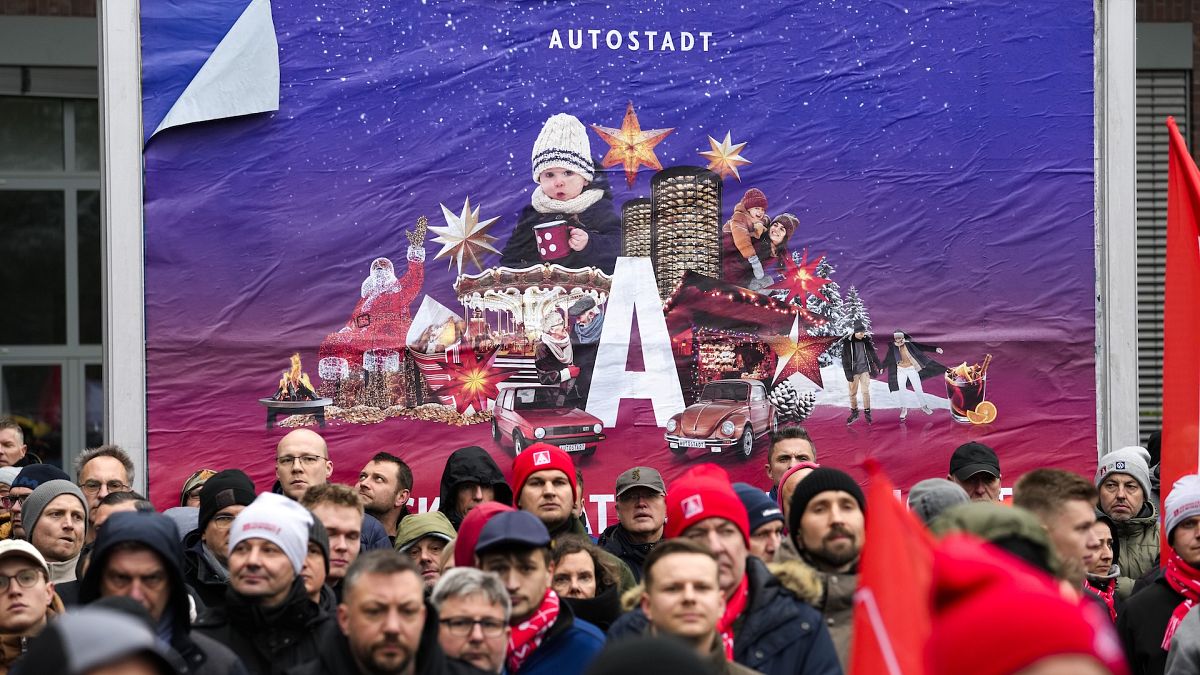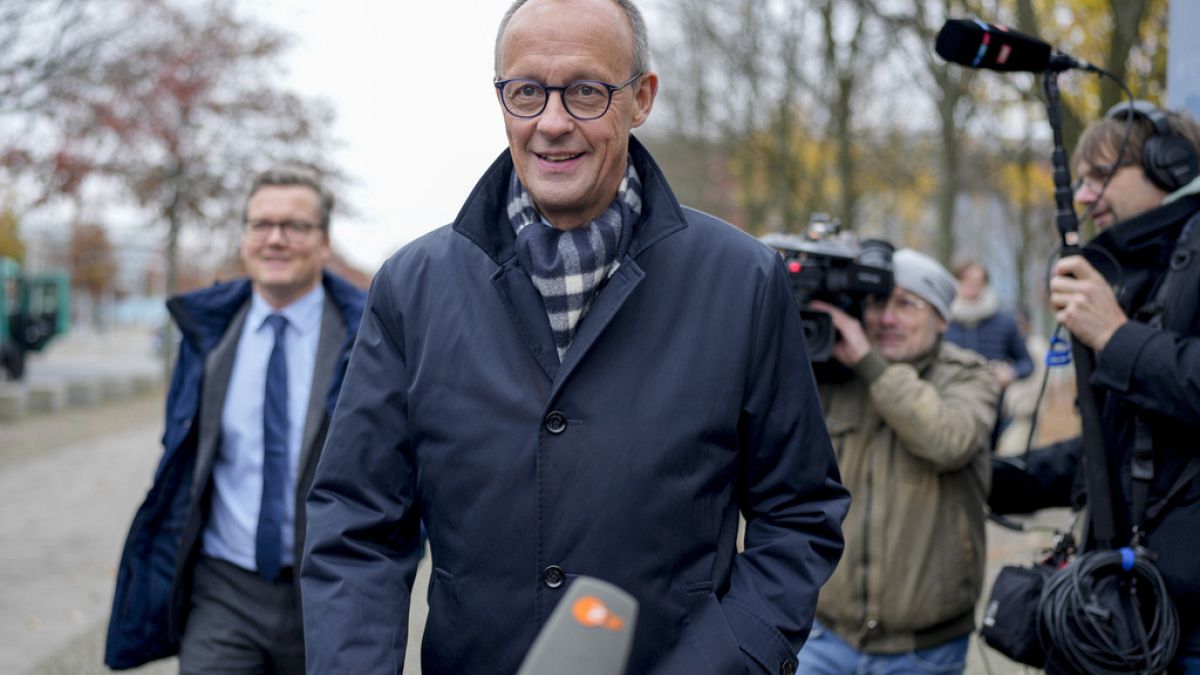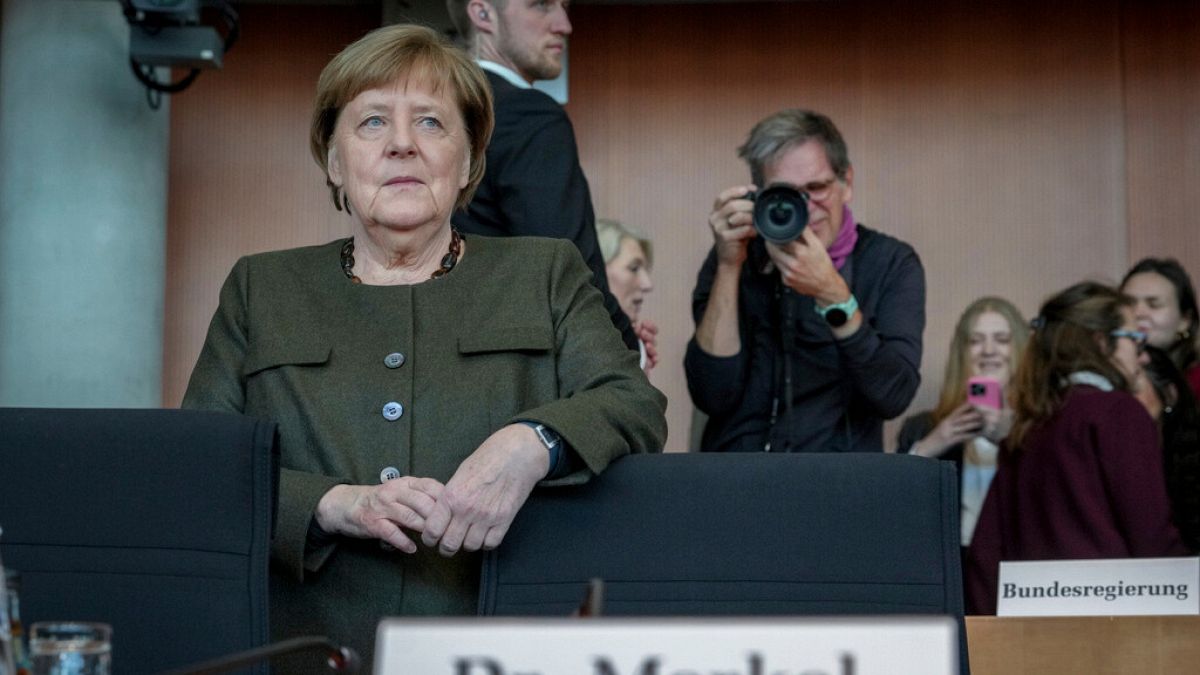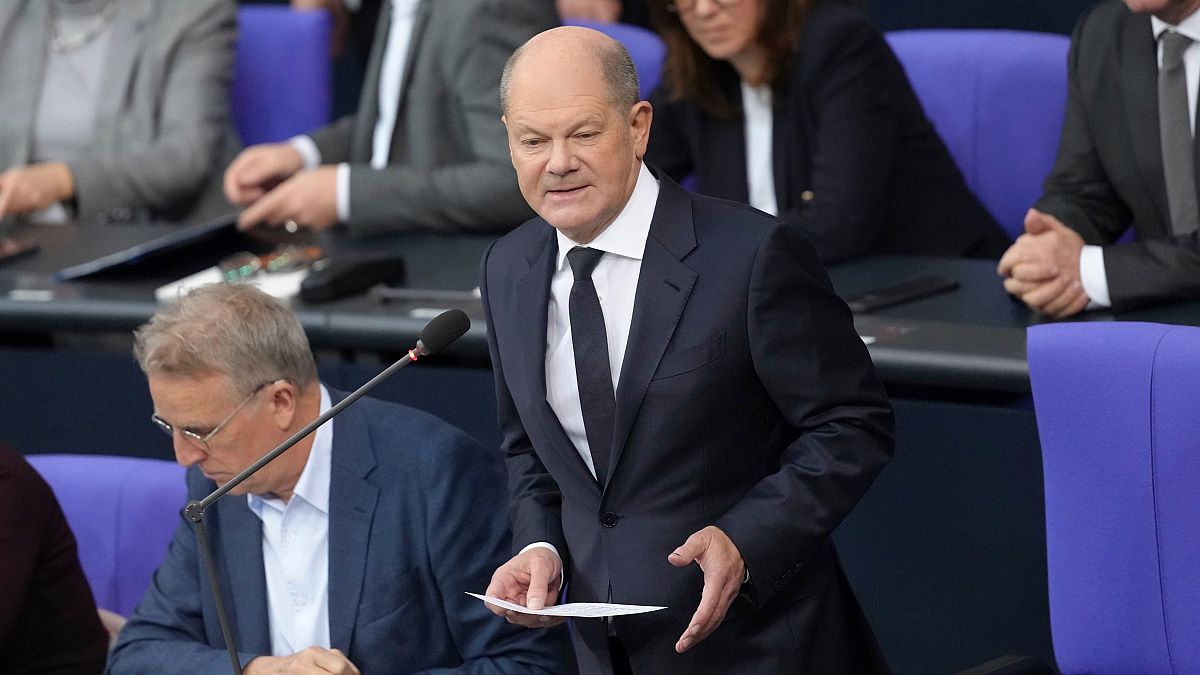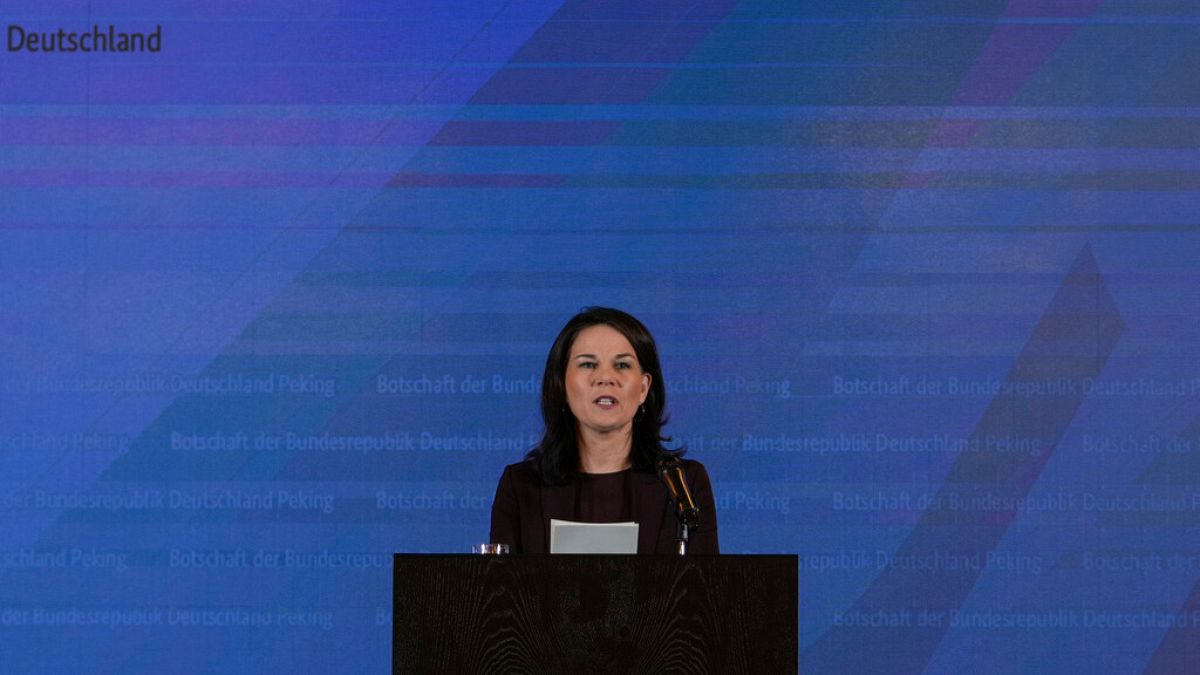Germany opens biggest Jewish cultural centre since Holocaust
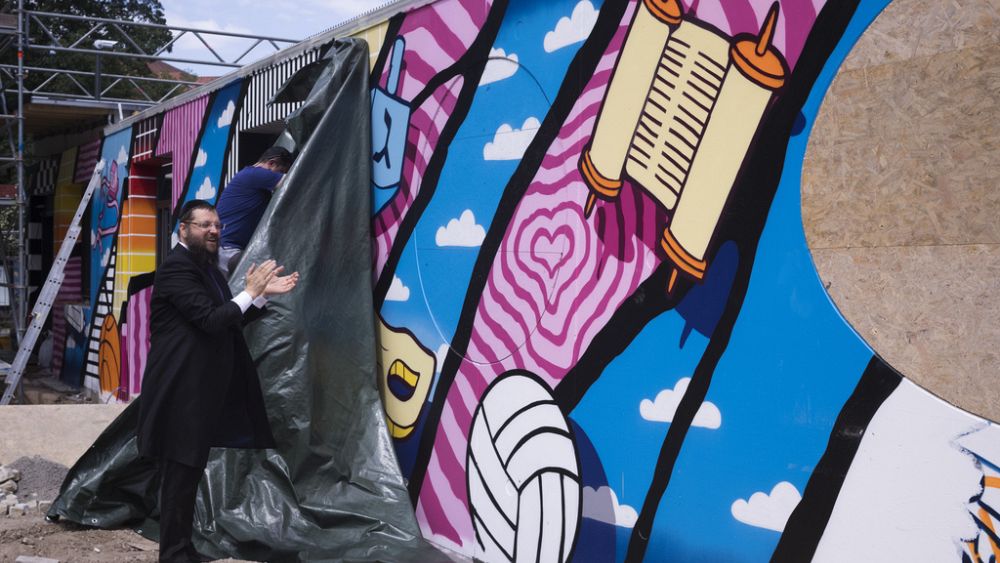
Berlin was once home to Germany’s biggest Jewish community.
When Rabbi Yehuda Teichtal first talked about his dream of building Germany’s biggest Jewish educational and cultural complex since the Holocaust, most people who heard about the plan were sceptical.
Five years after the groundbreaking, Teichtal’s dream comes true on Sunday, as the Pears Jewish Campus opens its doors in the German capital’s Wilmersdorf neighbourhood.
A Berlin rabbi and head of the local Chabad community, he beams as he steps onto the seventh-floor balcony of the new curved, blue-tiled building, overlooking a campus amphitheatre, garden, playground and a plot that will eventually become a sports field.
“We’re changing the narrative about Jews in Germany,” Teichtal said earlier this week.
“Too often people only think about the Holocaust and antisemitism when it comes to Jews in Germany,” the 51-year-old rabbi said. “Our Jewish campus is about the future, it’s about joy, about studying and living together.”
The campus’ construction was paid for by the federal and state governments, private companies, foundations and donations. It’s designed to cater not only to Jews, but also members of other religions, Teichtal said.
The Chabad community’s 550 kindergarten, elementary and high school students who are currently spread out in different buildings across the city, will all move to the campus when the new school year begins.
Jessica Kalmanovich, a mother of a 6-year-old daughter and 3-year-old son who attend Chabad’s elementary school and kindergarten in different neighbourhoods of the city, said her family can’t wait for the campus to open.
“Every morning, when we drive by the campus, my son asks me, ’When is my kindergarten in the blue building finally ready for me to start going there?’” she said.
The 31-year-old, born in Kazakhstan before arriving in Germany as an infant, called the new campus “a milestone” for Jews in Berlin.
“We will be very visible as Jews in Berlin but at the same time feel protected,” she added.
A ‘happy place,’ not ‘ghetto’
Unlike many other Jewish institutions in Germany that are hidden behind walls for fear of possible antisemitic attacks, the new campus has a glass fence around it.
It is connected to the synagogue and community centre that have been operated for many years by Chabad, an Orthodox Jewish Hasidic movement.
“We didn’t want this to feel like a ghetto,” Teichtal said. “We want this to be a happy place, an open house.”
When Teichtal, who grew up in Brooklyn, New York, was asked to go to Germany 27 years ago to revive Jewish life there, he had mixed feelings.
His great-grandfather was murdered in the Nazis’ Auschwitz death camp and more than 60 other relatives also perished in the Holocaust.
But together with his wife Leah, he set out to “bring light to the darkness.”
“This place is about creating dialogue, about overcoming prejudice and ignorance,” the rabbi said.
Almost 80 years after the Holocaust, in which 6 million European Jews were killed by the Nazis and their henchmen, Berlin’s Jewish community is still a far cry from the past.
But it’s vibrant and alive again — with an estimated 30,000 to 50,000 Jews — and Teichtal has played a major role in creating this bustling community.
In addition to the descendants of the surviving German Jews, many Jews who now live in Berlin emigrated from the former Soviet Union after the collapse of communism in the early 1990s. Young Israelis and American Jews also came in droves over the past 15 years.
In a recent development, several thousand Ukrainian Jews settled in Berlin after Russia attacked their home country last year, among them several hundred refugees and orphans who found shelter at the Chabad community.
Berlin was home to Germany’s biggest Jewish community before the Holocaust. In 1933, the year the Nazis came to power, around 160,500 Jews lived in Berlin.
By the end of World War II in 1945, their numbers had diminished to about 7,000 — through emigration and extermination.
Source: Euro News



